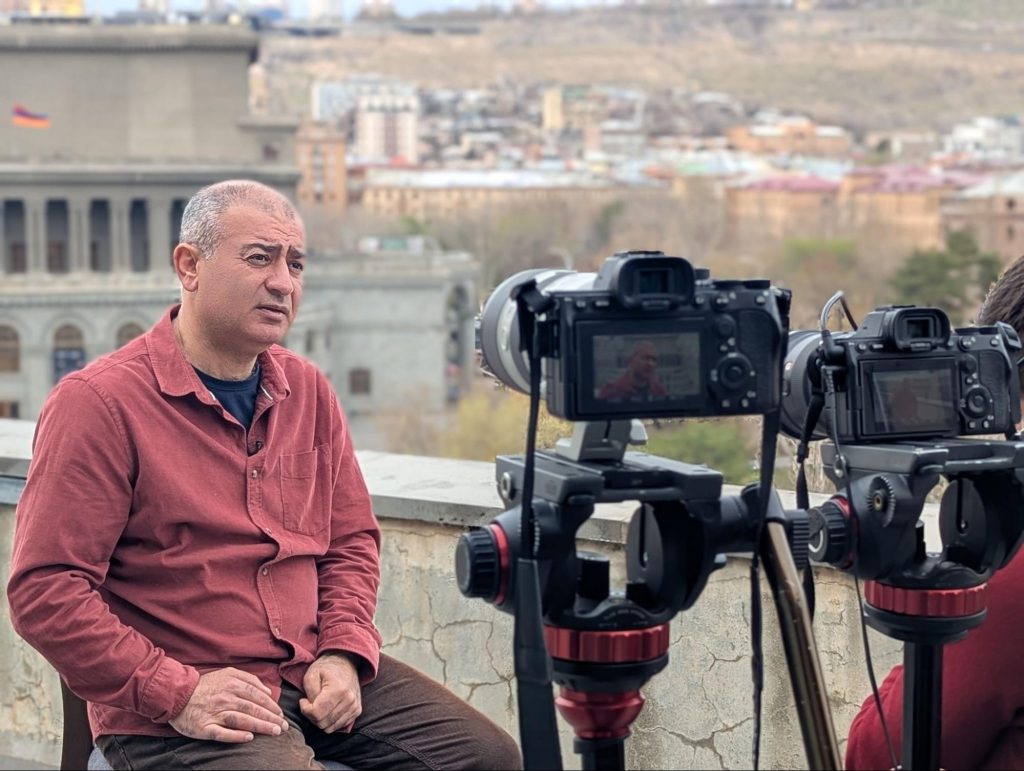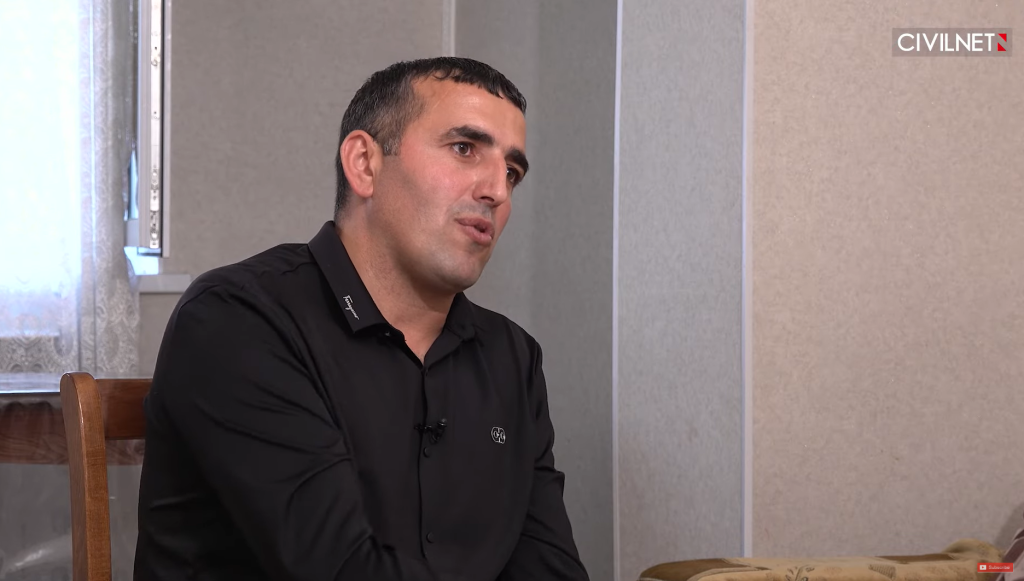By Hayk Ghazaryan
The integration of servicemen from the disbanded Artsakh Defense Army into Armenia’s armed forces has been a challenging process ongoing since 2023. Only a small percentage of these military personnel have successfully transitioned to service in Armenia, revealing significant gaps in the integration strategy.
The Artsakh Defense Army—once victorious, later defeated, and finally disbanded in 2023 following Azerbaijan’s military aggression on Nagorno-Karabakh on September 19-20, 2023, which resulted in the ethnic cleansing of Armenians from the region—had approximately ten thousand servicemen. This figure includes not only combat personnel but also support staff, according to Colonel Grigori Sahakyan, a reserve officer and member of the Artsakh Reserve Officers’ Union.

The Artsakh Defense Army has always been known for its highly qualified personnel who had experienced one or even multiple wars.
According to Sahakyan, only about 12 percent of the Defense Army personnel have been integrated into Armenia’s armed forces. He sees this as a missed opportunity and is confident that this number would have been much higher if Armenia’s Ministry of Defense had implemented a systematic approach.
“The transition from military service to military service required working with these people,” says Sahakyan.
Colonel Sahakyan, now in the reserves, notes that moral and psychological preparation is the most important and fundamental aspect of combat readiness, without which full military service is impossible. He emphasizes that Artsakh Defense Army servicemen who were disarmed before the ethnic cleansing of Artsakh in 2023 and entered Armenia through Azerbaijani checkpoints experienced stress. He points out that these individuals’ psychological state has not received sufficient attention.
“Some of our servicemen needed comprehensive treatment. Others needed psychological support. They needed proper communication, attitude, and conditions to reintegrate into the army—understanding that the fear they experienced there wouldn’t follow them here.”
Challenges of reintegration
Martik Harutyunyan, who participated in heavy defensive battles near Harav village in Artsakh in 2023 and lost a combat comrade, says he’s not ready to return to service yet. Martik has 11 years of experience as a position commander.
“There have been offers to serve here. But it’s difficult to go back to service after going through so much. Of course, if the moment comes, we’ll go—that’s another matter. But at present, I’m not planning to serve,” says Harutyunyan.
To serve in Armenia’s armed forces, Artsakh residents must first accept Armenian citizenship. However, it’s no secret that before 2020, thousands of Armenian residents served in the Artsakh Defense Army, which was considered part of Armenia’s armed forces and its most combat-ready unit.
The reverse was also true. Artur Sargsyan, like many Artsakh natives, served in Armenia’s armed forces without any issues. During the 2020 war, he participated in the defense of the Karvachar region before transferring to the Artsakh Defense Army as a mortar battery commander.

Former soldiers consider the change in living conditions to be a major obstacle to joining the Armed Forces. Arthur Sargsyan, formerly from the village of Getavan in the north of Artsakh, served in the Defense Army. He was able to simply leave his large family in the village and join the service. Now living in a rented apartment in Hrazdan city, he no longer has this option.
“When I was at the Kelbajar positions for weeks and months, I had no material problems. You defend your homeland, but patriotism comes from your family. If you love your family, you love your homeland too,” says Sargsyan.
Colonel Sahakyan considers one of the problems in recruiting Artsakh servicemen to be that no attempt was made to integrate the Defense Army into Armenia’s armed forces as complete units.
“First of all, they could have assigned everyone to one or two units, meaning not fragmenting or breaking up the collectives,” he says.
According to Sahakyan, during the first period after displacement, about 800 Artsakh officers, many of whom could have continued service in the armed forces, submitted reports and were discharged.
Sahakyan considers the decision not to integrate the Defense Army into Armenia’s armed forces as complete units to be political, as he sees no other issues preventing such a decision. He believes that with the right collective and individual approach an opposite situation would have occured compared to just 10-15 percent of the Defense Army transferring service while 85 percent were discharged.
CivilNet has addressed these questions to the Minister of Defense by letter and expects to receive answers.
Today, Artsakh Defense Army servicemen are scattered throughout Armenian settlements and around the world. Discharged servicemen work as security guards, couriers, taxi drivers, and more. Some military personnel return to the army because they’ve served their entire lives and cannot adapt to civilian life. The opposite process also occurs—some have adapted to civilian life and no longer wish to endure the hardships of military service.
The post Disbanded Defenders: Artsakh Army Servicemen Left in Limbo After Displacement appeared first on CIVILNET.